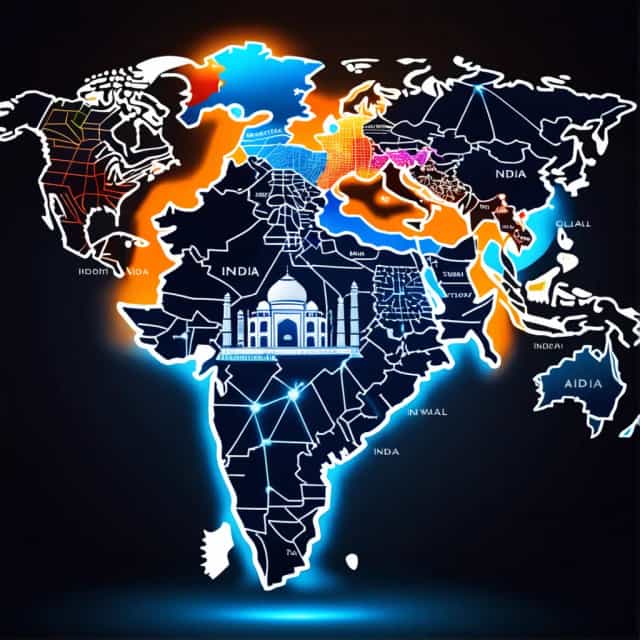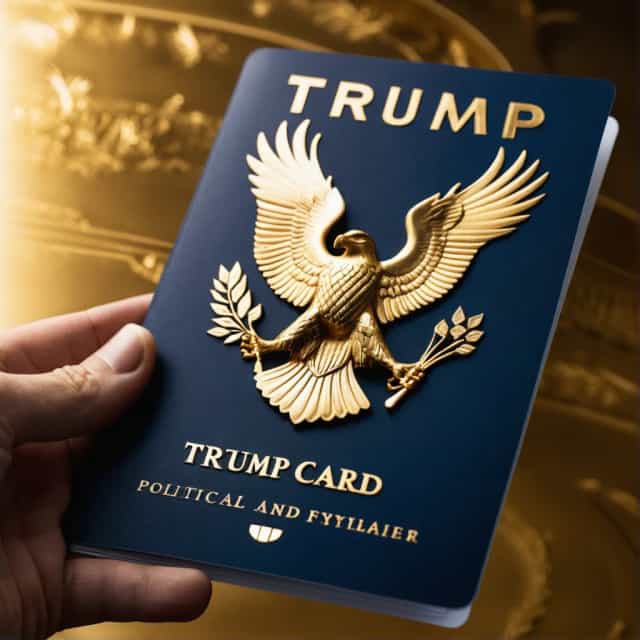![[Block Festa 2025] Open Asset CEO Kim Kyung-up: “KRWO Stablecoin Leads the Future of On-Chain Finance”](/_next/image?url=https%3A%2F%2Fwww.blockmedia.co.kr%2Fwp-content%2Fuploads%2F2025%2F09%2F20250926-161213.jpg%3Fformat%3Dwebp%26width%3D600&w=1200&q=70)
출처: Block Media
The Rising Need for a KRW Stablecoin: Insights from OpenAsset’s CEO
As blockchain finance continues to evolve, Kyung-Eop Kim, CEO of OpenAsset, spotlighted the necessity of a Korean won-based stablecoin and detailed strategies to ensure its success. Speaking at the "Block Festa 2025" in Seoul on October 26, Kim underscored how stablecoins can act as a crucial bridge, connecting digital economies and traditional financial systems. He also highlighted the importance of robust payment infrastructure in the age of on-chain finance, emphasizing the transformative potential for Korea’s financial ecosystem.
Addressing Inefficiencies in Korea’s Payment Systems
Korea's financial system is plagued with inefficiencies that limit its integration with the global Web3 economy. Kim specifically pointed out the exorbitant fees and delays faced by consumers during cross-border payments and remittances. "Korea's financial ecosystem is disconnected from global blockchain innovation," he noted, making the case for a domestic solution that eliminates these costly inefficiencies.
Kim also criticized the reliance on dollar-pegged stablecoins issued by foreign entities. Consumers currently deposit Korean won into exchanges, convert these funds to US-based stablecoins, and then conduct international transactions—a multi-step process fraught with inefficiencies and risks. "This dependency leaves Koreans vulnerable to the lack of domestic legal protections and the operational risks linked to overseas stablecoin issuers," Kim warned, advocating for a localized KRW-pegged solution to ameliorate these issues.
Why Stablecoins Are Core to Web3 Finance
The significance of stablecoins extends far beyond digital currencies. According to Kim, they serve as indispensable financial tools in the Web3 era, offering foundational infrastructure for combining traditional finance with blockchain-based digital economies. Observing the substantial issuance levels of global leaders like Tether (USDT) and Circle (USDC), Kim predicted that the market for stablecoins would continue to grow exponentially. For Korea to capitalize on this trend, a KRW-pegged stablecoin could position itself as a keystone for the country’s blockchain-led financial evolution.
Four Essential Pillars for KRW Stablecoin Success
To ensure the successful adoption of a KRW-backed stablecoin, Kim outlined four critical conditions:
-
100% Fiat Reserves and Operational Transparency
A KRW stablecoin must be fully backed by fiat reserves, ensuring stability, and maintain transparency in all operations to build trust among users. -
Public Blockchain for Global Compatibility
Emphasizing the importance of public blockchain infrastructure, Kim proposed this approach to guarantee global interoperability and active participation in the global blockchain ecosystem. -
Collaborative Financial Ecosystem
A synergistic relationship between traditional financial institutions and Web3 fintech innovators is essential. This collaboration would lend credibility and scalability to the stablecoin initiative. -
Phased Market Introduction
Kim suggested a gradual rollout strategy, allowing the stablecoin to gain traction and ensuring stability as it evolves in use and adoption.
A Regulatory Framework for Stablecoin Deployment
One of Kim’s key recommendations was aligning stablecoin initiatives with existing Korean regulations, recognizing stablecoins as analogous to prepaid electronic payment systems. To minimize risks during the rollout phase, he proposed leveraging regulatory sandboxes. These controlled environments would enable stakeholders to evaluate the practical utility and safety of the stablecoin, ensuring compliance before widespread adoption.
Kim further advocated for blockchain technologies to ensure operational transparency. By integrating dual-signature mechanisms and smart contracts, the issuance process and reserve management could be independently verified and safeguarded. He also emphasized linking stablecoin operations with global payment networks to unlock diverse, real-world use cases, such as faster and cost-efficient cross-border transactions.
KRWO: OpenAsset’s Vision for a Domestic Stablecoin
As a proof of concept, OpenAsset’s Korean won-backed stablecoin, KRWO, exemplifies the strategies and principles Kim advocated. KRWO offers key advantages, including:
- Fast and Affordable Cross-Border Payments: Reducing transaction times and costs.
- Robust Stability and Trust: Fully compliant with domestic regulations and backed by fiat reserves.
- Integration Into Web3 Finance: Enabling users to participate in decentralized finance (DeFi) and other blockchain-based advancements.
To enhance its versatility, OpenAsset plans to issue KRWO across multiple blockchain platforms, catering to diverse distributor needs. Reserve funds will be securely managed by designated financial institutions, while circulation will leverage multiple channels such as exchanges, fintech companies, and payment service providers.
Pioneering Korea’s Stablecoin Future
The growing prominence of blockchain innovations in the financial industry underscores the importance of Kim’s vision. OpenAsset’s KRWO initiative, combined with the outlined strategies for stablecoin adoption, could redefine Korea’s payment landscape, bridging the gaps between traditional finance and the next-generation digital economy.
As technologies evolve and adoption widens, KRW stablecoins have the potential to not only bolster Korea’s position in Web3 finance but also serve as a model for stablecoin adoption globally.










